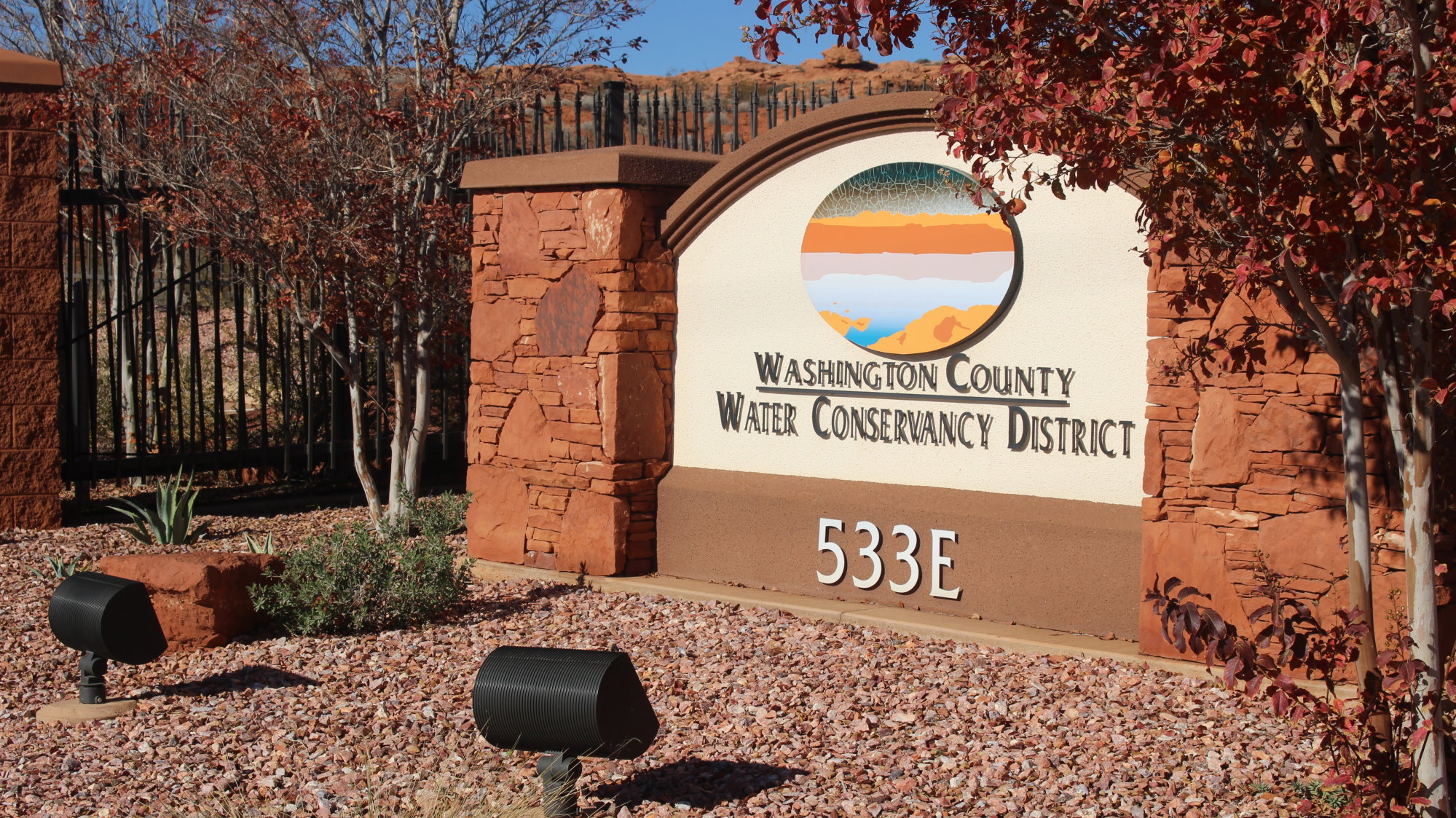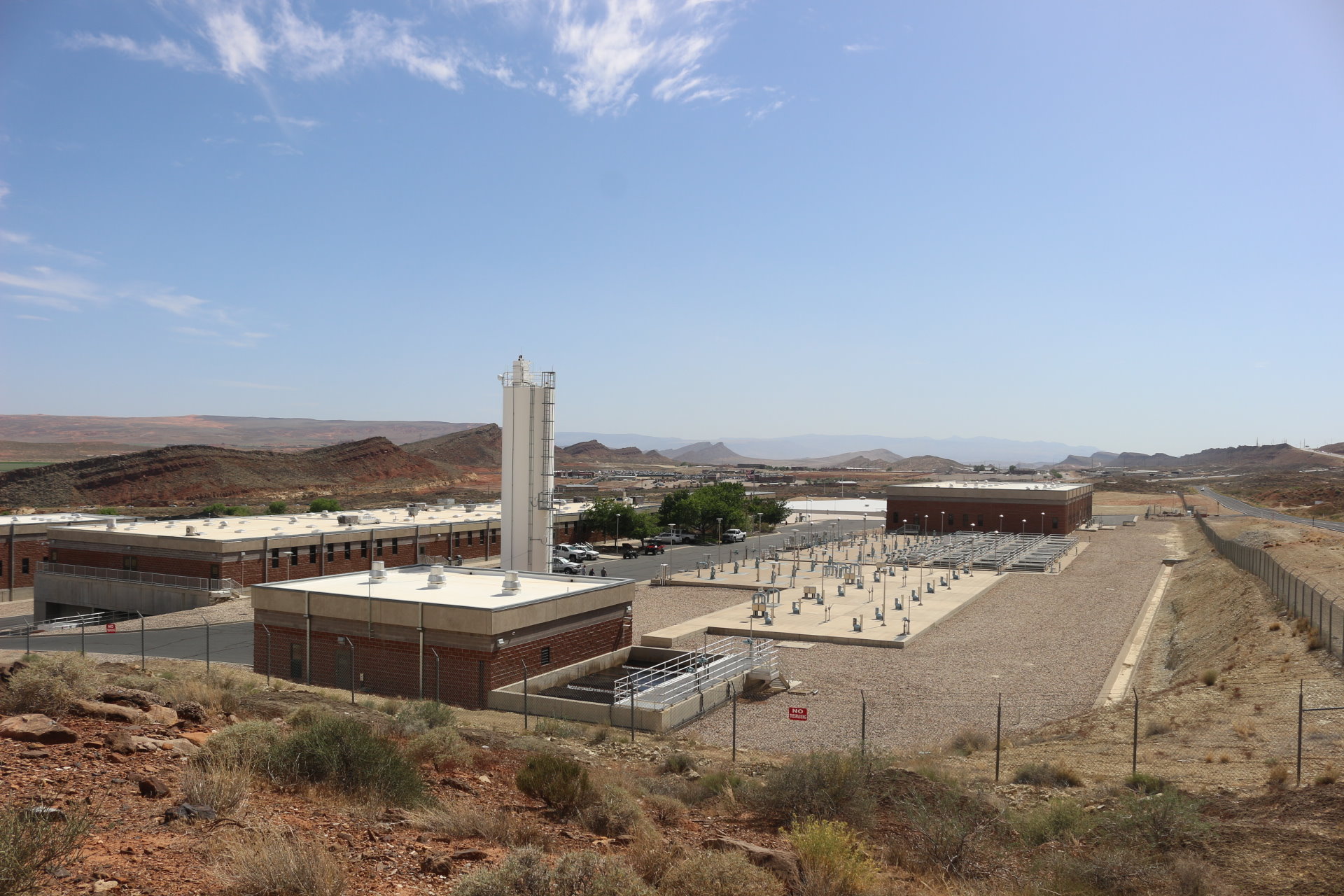ST. GEORGE — Utah’s record snowpack is melting and summer is in full swing with 100-plus degree heat. The next climate event one can generally expect in southwest Utah is monsoon season. However, the season may be later and drier this summer due to various weather-related factors.

Among the factors that forecasters say could delay summer rains is the onset of the El Niño oceanic climate pattern and Utah’s own recent record snowpack.
The National Weather Service announced the arrival of the El Niño oceanic climate pattern in early June. This weather pattern can result in wetter conditions in the southern United States and drier conditions in the northern part of the country.
“El Niño is a natural climate phenomenon marked by warmer-than-average sea surface temperatures in the central and eastern Pacific Ocean near the equator, which occurs on average every 2-7 years. El Nino’s impacts on the climate extend far beyond the Pacific Ocean,” according to Climate.gov.
While Utah could experience another wet winter due to El Niño, the impacts of the weather pattern also tend to be less pronounced in the state as it sits geographically in the middle of warm, dry weather patterns that usually develop in the north and the cold, wet weather patterns from the south.
As for the monsoon season in Southern Utah, El Niño may or may not play a notable role in delaying its onset.
“El Niño is just one of many factors we look at,” said David Church, the science and operations officer at National Weather Service Salt Lake City. Taken by itself, using El Niño to predict when a monsoon season could take place can be unreliable, he said.

One of the other factors Church spoke of was Utah’s recent record snowpack.
According to the University of Arizona, “The monsoon is driven by the sun heating up the land and the Pacific Ocean at different rates, with land surfaces warming more quickly than the ocean. The warm land creates low-pressure zones as hot air rises. Once this pattern establishes across the region, the winds shift to fill in the vacuum.”
While the state’s snowpack has melted away, it left the ground saturated and cool with moisture, Church said. This will delay parts of the state’s land surface from warming up and adding to the creation of the monsoonal season, he said.
“When we have above-average snowpack, it takes a while to get the monsoon going,” he said.
Instead of rain, he said, Southern Utah can look forward to more heat for now and noted the high temperatures predicted for the weekend that could rise to as much as 115 degrees.
“It’s going to be abnormally hot,” he said. “We’re predicting up to the mid-110s. The state record is 117 degrees.”
While the monsoonal rains can provide a measure of relief from the summer heat and encourage a measure of water conservation within Washington County, Karry Rathje, a spokeswoman for the Washington County Water Conservancy District, said in an email there is little benefit beyond that.

“Monsoons help preserve our existing water supply by reducing demand,” Rathje wrote. “We’re fortunate to live in a community where residents turn off their irrigation when it’s raining, resulting in millions of gallons in water savings.”
However, due to the unpredictability of monsoonal weather and the difficulty in capturing water from it, the water district does not depend on the summer rains, she wrote.
Due to the “excessive amounts of debris” that monsoon-driven flash floods create on their way into the Virgin River, the water district does not attempt to divert it into either the Sand Hollow or Quail Creek reservoirs that act as the district’s primary storage facilities.
“Monsoons are great at reducing (water) demand, but they do not add significantly to our storage,” Rathje wrote.
As there has been little to no sign of rain in the short-term forecast, Zach Renstrom, the water district’s general manager, said the district plans accordingly. These plans are based on various factors like water flows in the Virgin River, area temperatures and short-term weather forecasts that guide the district’s actions for the next 10 days.

With the lack of rain, the water district knows demand for culinary (drinkable) water will rise. In order to accommodate the need, the district’s water treatment plant is prepped for increased output.
Whatever happens with the monsoon, Renstrom said the recent snowpack has refilled reservoirs and secured the county’s water security for the near future. It also has led to county water officials reviewing how they operate more efficiently so more snowpack runoff can be captured next winter, he said.
“We’re able to put a little bit more in our (water) savings account,” Renstrom said. “We just have to make sure we’re good stewards of the water and use it wisely.”
The drought that has gripped the Southwest for over 20 years also continues, so people need to continue to practice water conservation measures, he added.
“One good year isn’t going to solve years and years of drought,” Renstrom said.
Copyright St. George News, SaintGeorgeUtah.com LLC, 2023, all rights reserved.